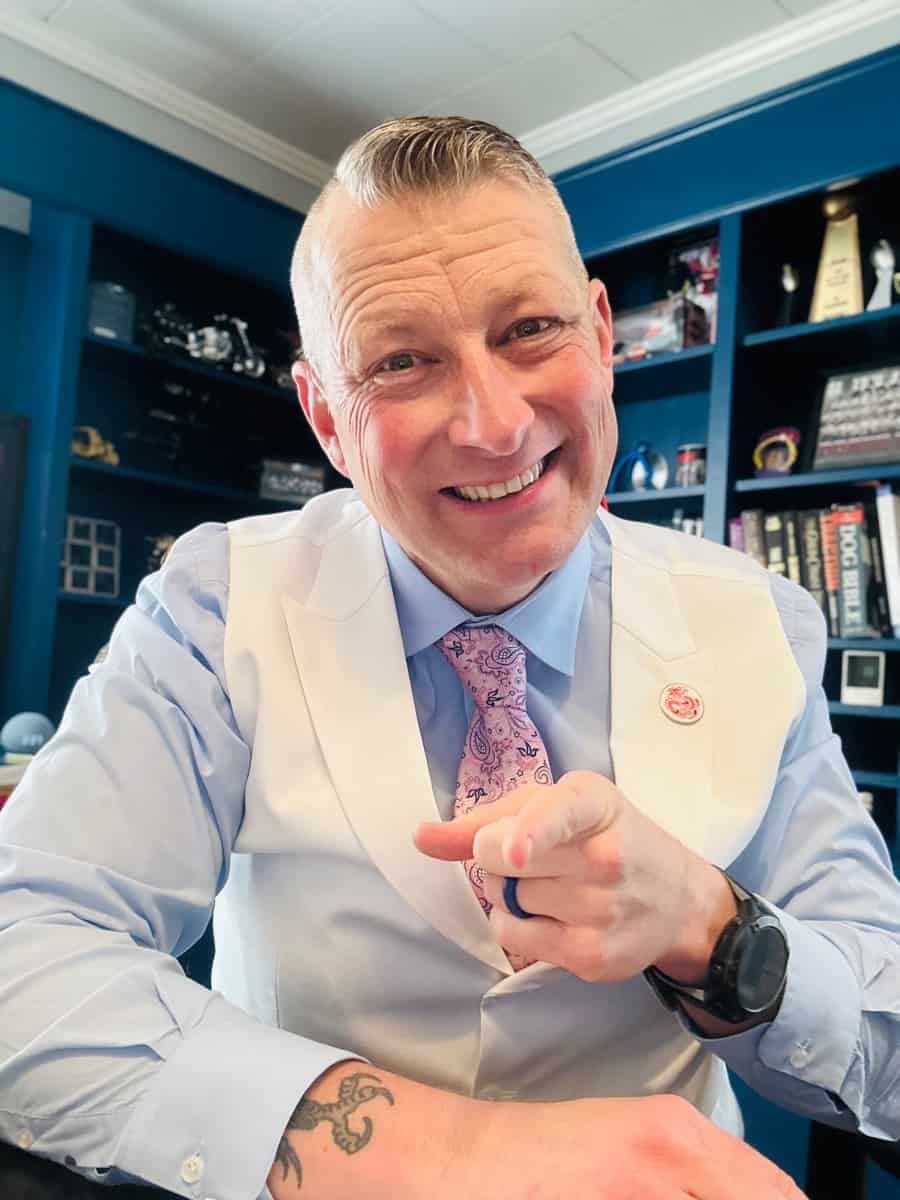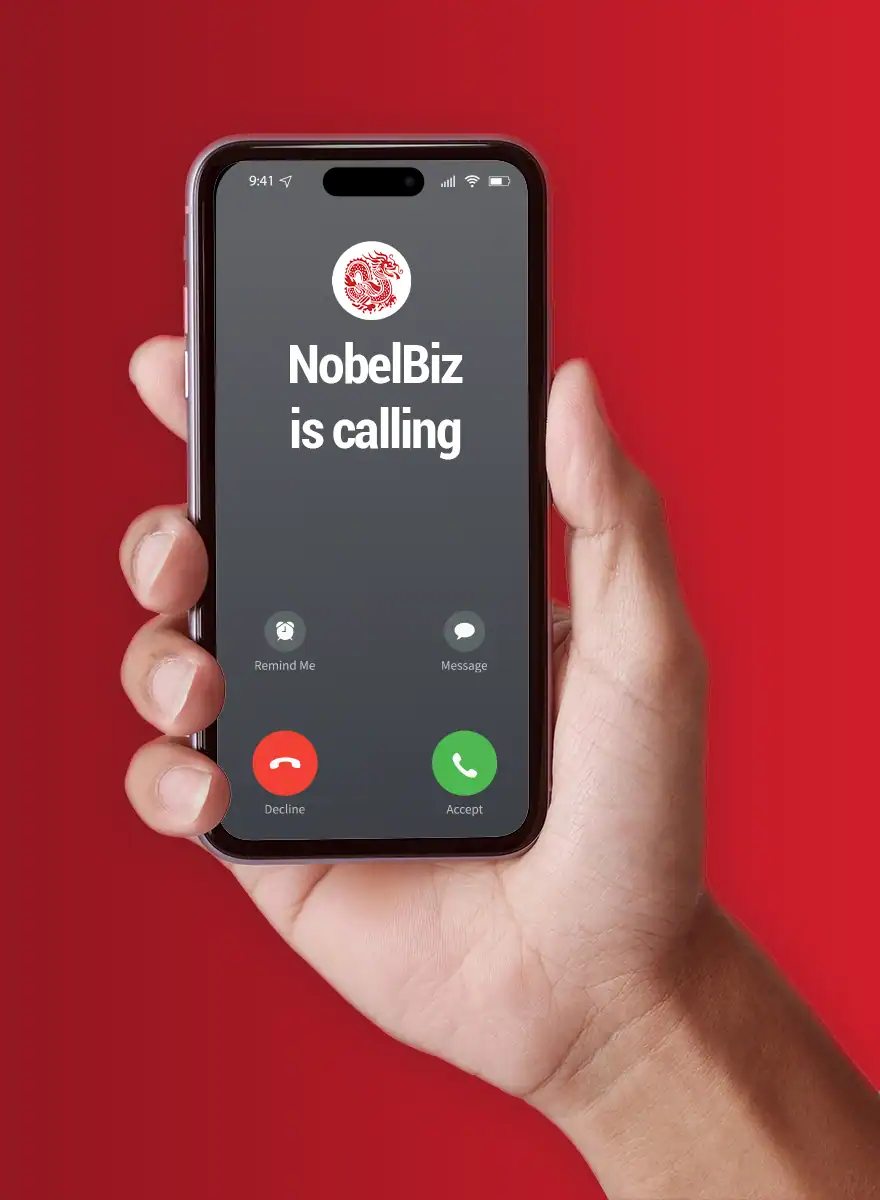If you run a call center, you know how important it is to provide excellent service to customers. That includes responding quickly to their inquiries and offering the best customer experience while maintaining excellent agent performance.
You might be surprised to learn that a simple yet paramount calculation can help you evaluate the efficiency of your call center. That’s where the service level comes in.
How to measure your call center Service Level? What is precisely the Service Level? What can you do to improve? We answer it all in our article.
Key Points:
- Service Level Standards depend on what type of communication channel you’re using.
- The best strategy to maintain the service level is to motivate your agents.
- The Service Level is at the center of many KPIs
- There are 3 methods to evaluate a Service Level
What Is the Service Level?
A Service Level in the call center industry refers to the percentage of calls that are answered within a given time frame. It is also referred to as the target time threshold.
The call center service level calculation is not restricted to any particular time frame and can be performed throughout any duration. It may also be measured for any number of individuals, from a single agent to the entire call center, unaffected.
The service level is also closely tied to the following metrics:
- A call center’s response rate for calls.
- The number of callers who have been on hold for a long time.
- The percentage of orders that have every component fully fulfilled.
The service level needs to be maintained for improved outcomes. For example, customers will be irritated and dissatisfied if an agent takes a long time to answer the phone or if they are kept waiting for a lengthy time.
The greatest strategy to maintain the service level is to motivate your agents.
 Kevin Daly, Founder of ValueAd and creator of Bestpair says that when call center agents have engaged and non-robotic conversations with your customers, relationships are built.
Kevin Daly, Founder of ValueAd and creator of Bestpair says that when call center agents have engaged and non-robotic conversations with your customers, relationships are built.
This leads to happier reps who stay around and work for positive outcomes, which leads to lower attrition rates, increased satisfaction, and better results. Find out more from our podcast episode “From call center agent allocation to fighting agent attrition.”
How do Call Centers Measure the Service Level?
Calculating Service Level (SL) is very straightforward. The accepted method is to use the following formula:
Service Level SL (%) = (Number of Calls Answered within threshold/Number of Calls Offered)*100
The offered calls refer to all calls, regardless of whether they were answered or abandoned before or after the threshold, whereas the threshold is the target time call centers seek to answer their calls.
Here is a typical call center example to help explain the point:
Number of Calls Answered within threshold: 1600
Number of Calls Offered: 2000
SL =(1600/2000)*100
SL =80%
Consider service level as a target and a tool to gauge how well your call center’s customer support staff performs. In other words, your service improves as your SL percentage increases.
It’s that easy. The devil, though, is in the details. Since SL is a KPI, specific contact centers may use alternative definitions to their advantage to manipulate the data.
Calls that are dropped are one method for doing this. Some may not count abandoned calls within the first five seconds, while others may limit it by excluding them from the number of calls available. SL numbers are impacted regardless of how it is accomplished.
By altering the service threshold, numbers can be manipulated in another way. Consider the possibility that contact centers could efficiently deliver better SL figures if they increased the target time restriction, for instance, from 20 to 30 seconds.
What is the standard Service Level in the call center industry?
The standard service level (SL) is 80% of calls to be answered within 20 seconds. This is a common goal for many contact centers.
Service level shows if a company has enough resources to connect all of its customers with agents and solve their problems quickly.
But service level varies mainly by communication channels, and here are the standards for each:
- Phone: 80% of calls are answered in 20 seconds or less.
- Email: 95% of emails are answered in 4 hours or less.
- Webchat: 80% of chat messages are answered within 40 seconds.
- SMS: 80% of messages are answered in 40 seconds or less.
- Social media: 80% of contacts are answered within 20 minutes.
Properly handling several communication channels means having the right solution for your call center. In that regard, you need a true Omnichannel Solution that can manage phone, social media, SMS, e-mail, web chat, and live chat.
NobelBiz Omni+ is a Cloud Contact Center Solution CCaaS purposefully built to manage all communication channels. Our software is designed with a high degree of customization and scalability, all while gathering customer data with accuracy. This offers your agents and customer alike a swift and seamless experience.
Three methods to measure Call Center Service Level
Measuring is almost the same in any call center. However, there are three great methods call center owners can use to understand agents and technology performance better.
1. The call center 80/20 Rule
This metric, which measures the effectiveness of the call center, indicates that 80% of calls were answered within the target time of twenty seconds.
This provides metrics on how quickly calls are answered, but it does not reveal data on customer satisfaction or the number of abandoned calls. In addition, it cannot predict, based on data, how much time clients are willing to give up in exchange for a free agent.
2. Unanswered Calls
Suppose you are making every effort to deliver excellent customer service. In that case, an abandoned call count is the most objective study you can conduct to gauge the efficacy of your call center.
Your call center’s success correlates with the percentage of calls that are dropped without being answered.
Every call that goes unanswered is a missed opportunity to “seize the moment” of a satisfied customer. However, service quality can be enhanced by tracking down and returning abandoned calls.
3. The First Call Resolution FCR
First Contact Resolution (FCR) measures how often a customer’s problem is fixed at their first contact with a business, reducing the likelihood that they will need to get in touch with the company again.
This gives you an in-depth look into how quickly responses are provided and how well your staff solves problems.
Why is the Service Level (SL) so important for Contact Centers?
Fortune Business Insights estimates that by 2022, the global customer experience management market will be worth up to $11.34 billion. From a value of $10.11 billion in 2021, it is anticipated to grow to $32.53 billion by 2029, an increase of 12.2%.
Call centers may improve their customer service and the overall customer experience by paying attention to their service levels and using that information to make KPI-driven decisions.
Having access to service-level metrics has many advantages, including:
- Manage your workforce more efficiently by always having just the proper number of employees on the clock.
- Better workforce management by having the correct number of agents at the right time.
- Lowering the Average Waiting Time ( AWT ) for Customers.
- Facilitating a more successful First Call Resolution (FCR).
- Increasing customer satisfaction by improving the Customer Satisfaction Score (CSAT).
- Enhancing the overall Customer Experience (CX).
Three ways to improve service in call centers
Enhancing the quality of service provided by the call center should be a top goal. Measuring and optimizing processes that can directly and positively influence revenue is essential due to the importance of service quality.
Here is how one can improve a call center’s service:
- You can better allocate resources by analyzing call volume trends over time using data that has already been collected. This information might be combined with external circumstances like a new promotion, product launch, or event to guarantee enough availability of call handlers.
- The number of calls from a single client can be reduced by implementing measures to boost the First Call Resolution, such as diverting calls to specialists who can answer the question or offering alternative automated information channels.
- Use additional social media, e-mails, and webchat channels to answer customer questions and concerns.
Conclusion
As you can see, the call center service level is a useful KPI, so your business growth must measure it correctly. However, what’s more important is how service level goals are met and how they drive customer satisfaction.
It would help to establish an appropriate service level target based on your business and consumer expectations. Call center service levels must be defined, but they must also be aligned with consumers’ expectations and demands. Expectations will vary depending on your communication channels and the industry.

Michael McGuire is a contact center industry expert with almost two decades of experience in the space. His experience includes roles as Director of Contact Center Digital Transformation at NobelBiz, and as Director of Operations at FLS Connect, managing multiple call centers. As President of Anomaly Squared and Targeted Metrics, Michael successfully transitioned companies into remote operations and significantly boosted revenues. With a strong background in customer service, leadership, strategic planning, and operations management, Michael excels in driving growth and innovation in the call center space.
Mike is also a proud Board Member for R.E.A.C.H Trade Group, promoting consumer protection and satisfaction and Co-host of the Off Skripted Podcast – a show about Life, Call Centers and everything in between.







